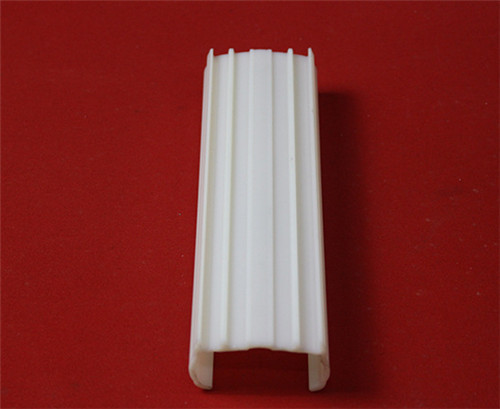Unveiling the Detailed Wire Trough Specification Model

Wire troughs are essential components of electrical installations, providing a secure and organized pathway for wires and cables. To ensure seamless integration and optimum performance, a comprehensive wire trough specification model plays a pivotal role. This article explores the intricate details of wire trough specifications, encompassing design considerations, material selection, and installation guidelines.
1. Design Considerations
When defining wire trough specifications, design considerations hold significant importance. The following factors must be taken into account:
- Capacity: Evaluate the amount and thickness of wires/cables to determine the appropriate size and capacity of the wire trough.
- Mounting: Consider the mounting options, such as wall-mounted, ceiling-mounted, or floor-mounted, depending on the application and available space.
- Accessibility: Ensure easy access to the wire trough, allowing for convenient maintenance, repairs, and upgrades.
- Environmental Conditions: Assess the environmental factors, including temperature, humidity, and exposure to chemicals or corrosive substances, to select a wire trough material that can withstand these conditions.
2. Material Selection
Determining the appropriate material for a wire trough is crucial for its longevity and functionality. Some commonly used materials include:
- Steel: Steel wire troughs offer excellent strength, durability, and resistance to environmental factors. They are suitable for demanding industrial applications.
- Aluminum: Aluminum wire troughs are lightweight, corrosion-resistant, and easy to install. They are ideal for commercial and residential installations.
- PVC: PVC wire troughs are cost-effective, easy to handle, and suitable for non-corrosive indoor environments.
- Fiberglass: Fiberglass wire troughs provide superior resistance to corrosion, electrical conductivity, and impact. They are best suited for harsh or corrosive environments.
3. Installation Guidelines
Proper installation is essential to ensure the effectiveness and safety of wire troughs. Follow these guidelines:
- Positioning: Determine the most suitable location for the wire trough, considering proximity to electrical equipment and the shortest cable routing.
- Secure Fastening: Use appropriate mounting brackets and hardware to securely fasten the wire trough to the surface while allowing for expansion and contraction.
- Grounding: Implement proper grounding techniques to minimize the risk of electrical hazards and ensure compliance with regulations.
- Cable Support: Utilize cable support accessories, such as clamps or brackets, at regular intervals to prevent sagging and excess stress on the wires/cables.
Conclusion
In conclusion, an all-encompassing wire trough specification model is imperative for successful wire management. Design considerations, material selection, and installation guidelines contribute to the efficiency, safety, and longevity of wire trough installations. By adhering to these comprehensive specifications, electrical systems can operate seamlessly, offering reliable power distribution and minimizing maintenance requirements.

